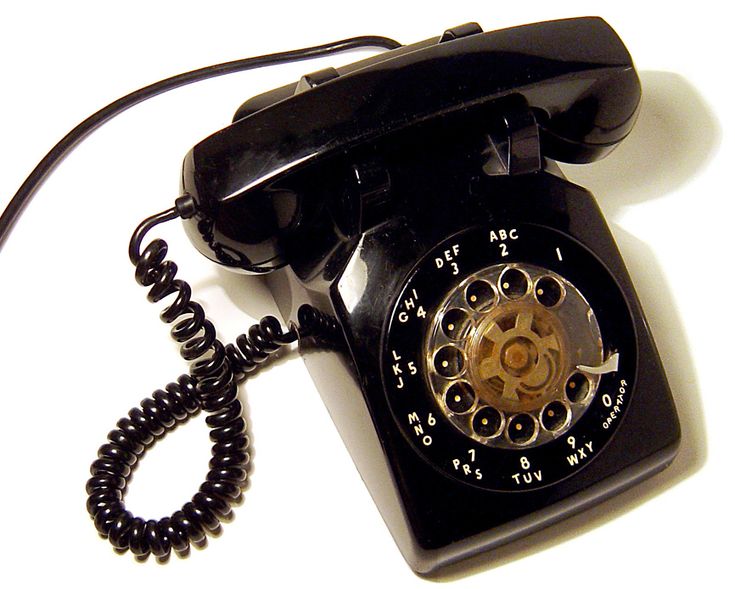A friend asked me what I thought of the design of the recently unveiled Tesla Cybercab. The BBC website called the car “futuristic-looking,” perhaps because it has a sleek body and gull-wing doors. The latter are better described as “backward-looking,” since they were first introduced by Mercedes-Benz 70 years ago, and had a brief—very brief—revival in the 1981 De Lorean. I haven’t seen a Cybercab, only photographs, but the question made me think of EV car design in general. It strikes me that the “problems” that EV design is solving often remain murky. The unpleasantly delicate door handles of Teslas, for example. Reducing drag resistance used to be a major issue in car design, but efficient electric motors deliver so much torque in terms of acceleration and top speed, compared to an internal combustion engine, that the streamlined appearance of most EVs doesn’t make much sense. I suspect that EV design is driven more by marketing than by performance. Getting rid of dials and controls, and putting all the controls on one touch-screen, looks neat but what exactly does it solve. In my 1993 Benz I could control heat, lights, radio etc, by flicking a switch without taking my eyes off the road. Not true with a touch-screen. Is that progress? EVs are sometimes described as smart phones on wheels, and so they are. They are also designed like smart phones, that is, with a general disregard for ergonomics. As opposed to the exemplary telephone that Henry Dreyfus designed for Bell Labs in 1984. The Model 500 made all sorts of refinements to Dreyfus’s 1937 Model 302, including a modified handset that could be comfortably nested under your chin for hand-free operation. The Model 500 remained in use for 35 years. How I long for that comfortable rotary dial while I am clumsily tapping on the tiny keyboard of my iPhone.

